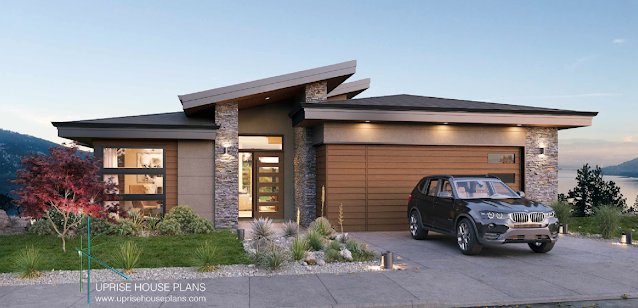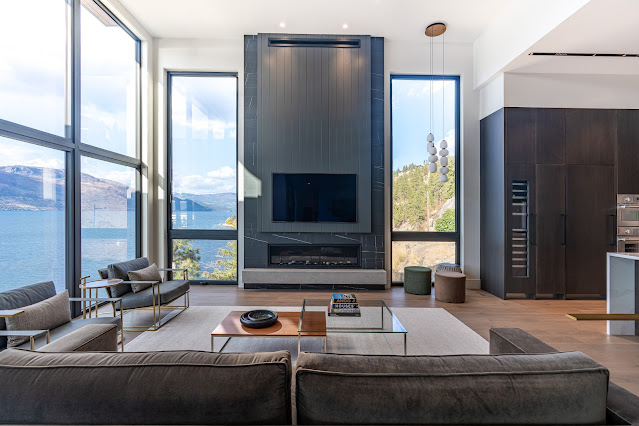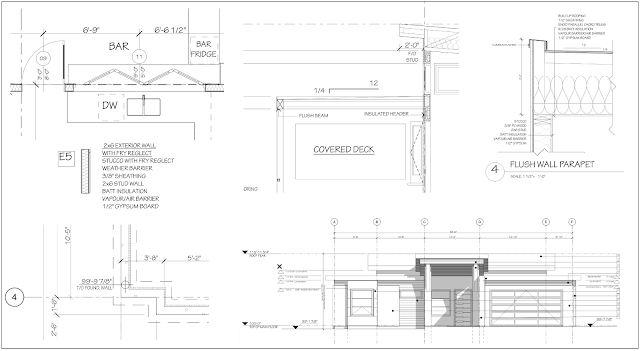3D Design: A better experience for everyone!

Uprise House Plans 2D Drawings - The Baseline Before I get ahead of myself and rant about all of the amazing qualities of 3D design, I should point out that 2D drawings remain the foundational form of communication in the design and construction of a house. I'm not here to slag the art and science of the "blueprint". With that said, I will now go on the record and say unequivocally that designing, collaborating and finally executing a house project in the conventional way puts all interested parties at all phases at a severe disadvantage. There are limits on how you can analyze information and what can be communicated using 2D drawings in a 3D world. If nothing else, and I'm speaking now to the purist, 3D visualization speeds up and clarifies interpretation. "It only makes sense that we use the best information available and apply it to house design to create the best possible results" Standard Elevation Modern Technology Changes the Game With powerfu





